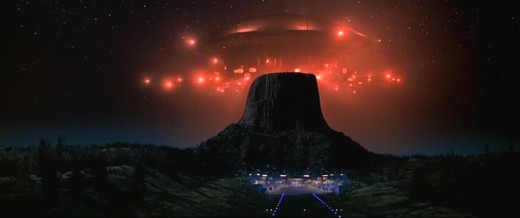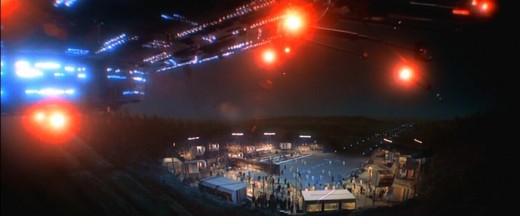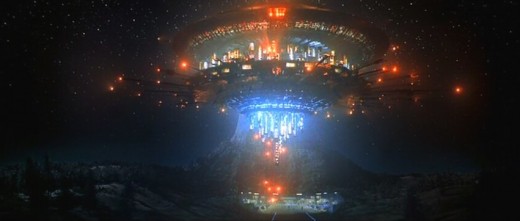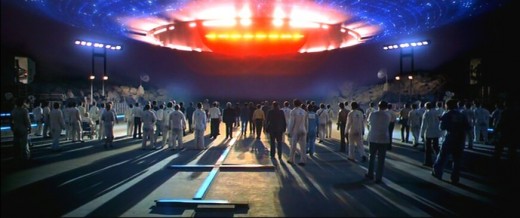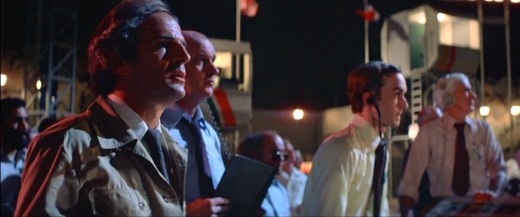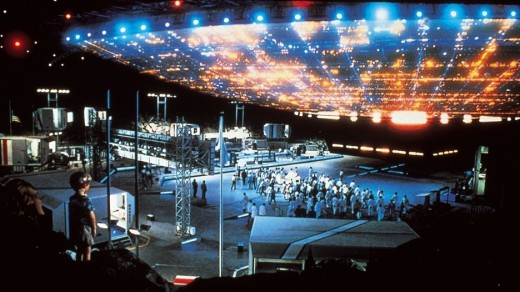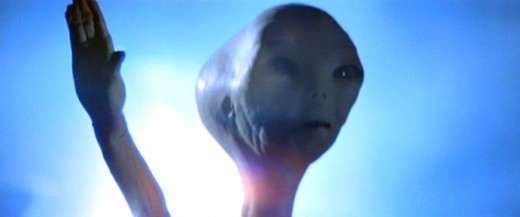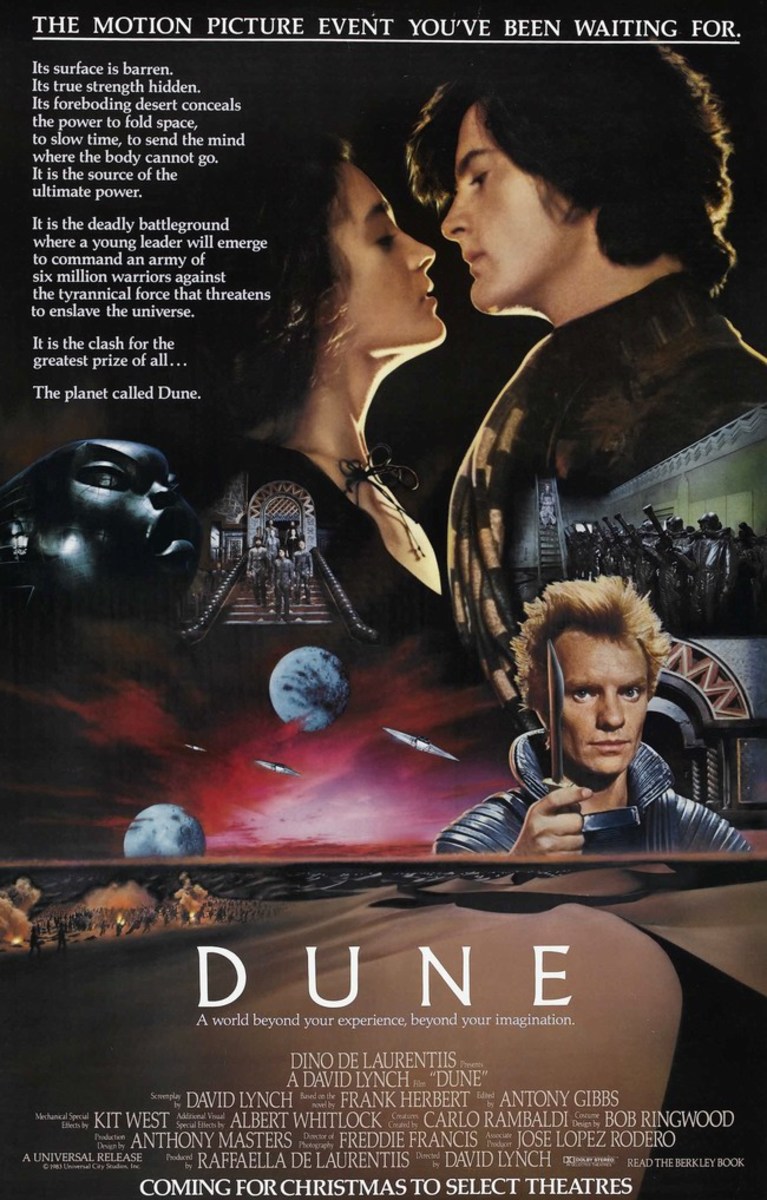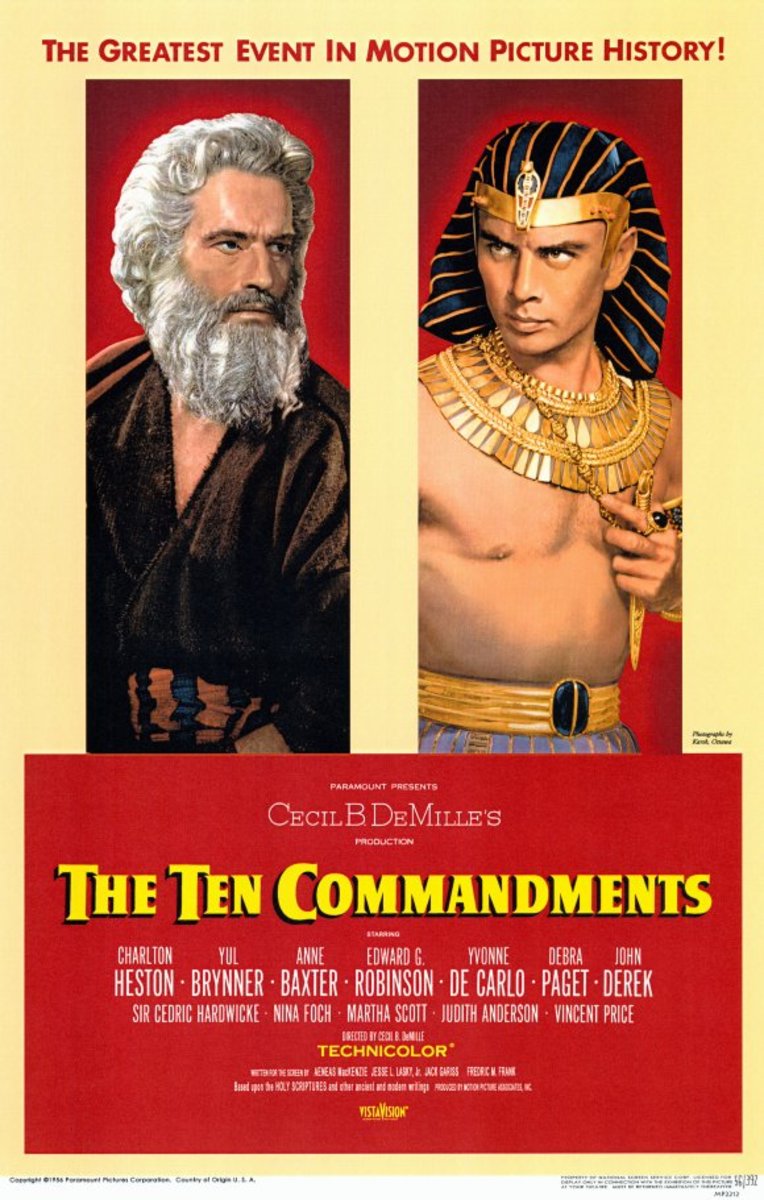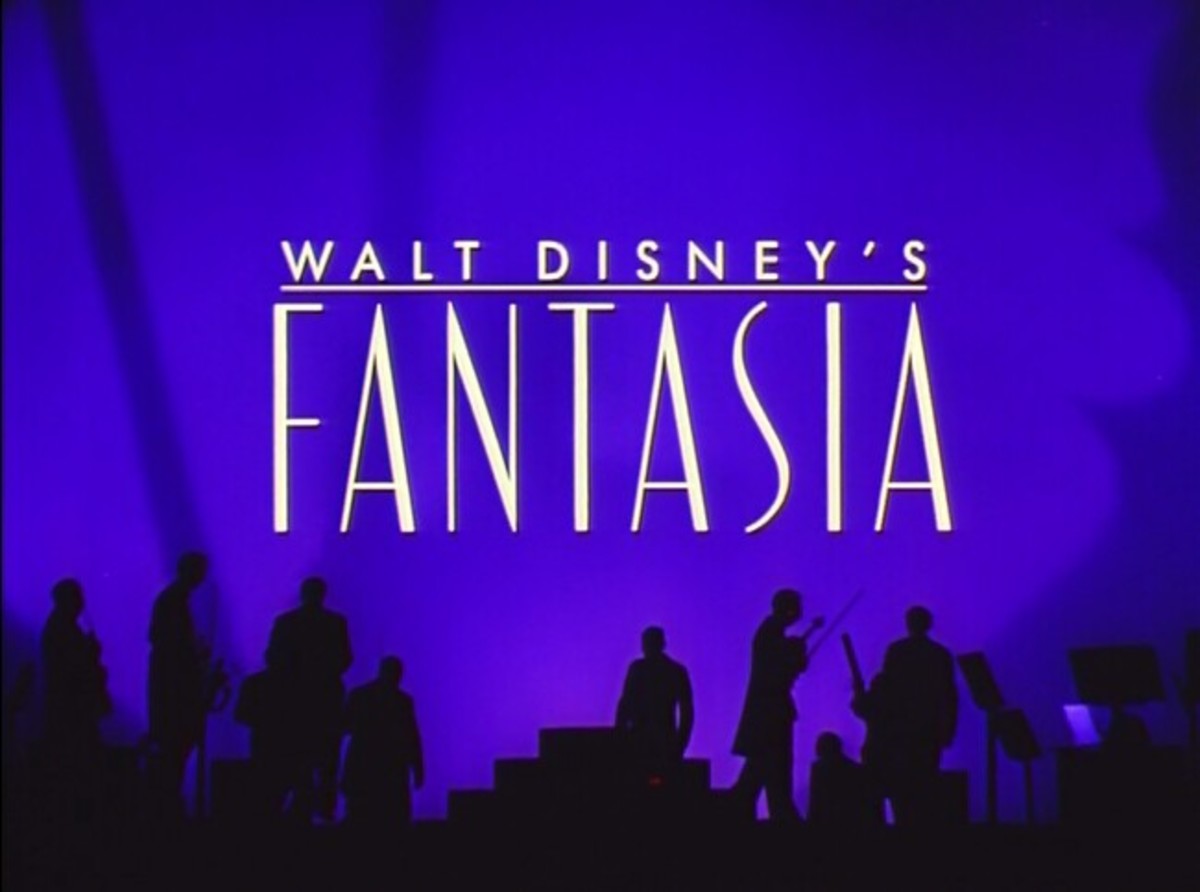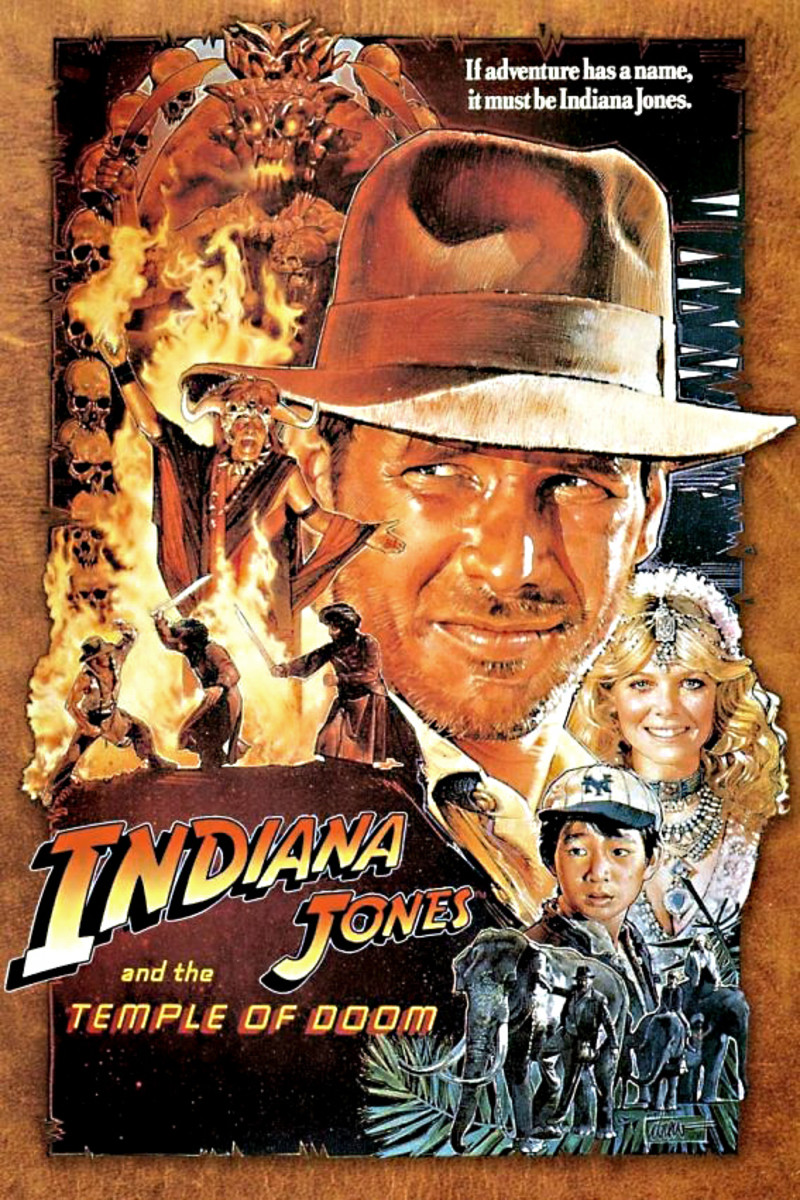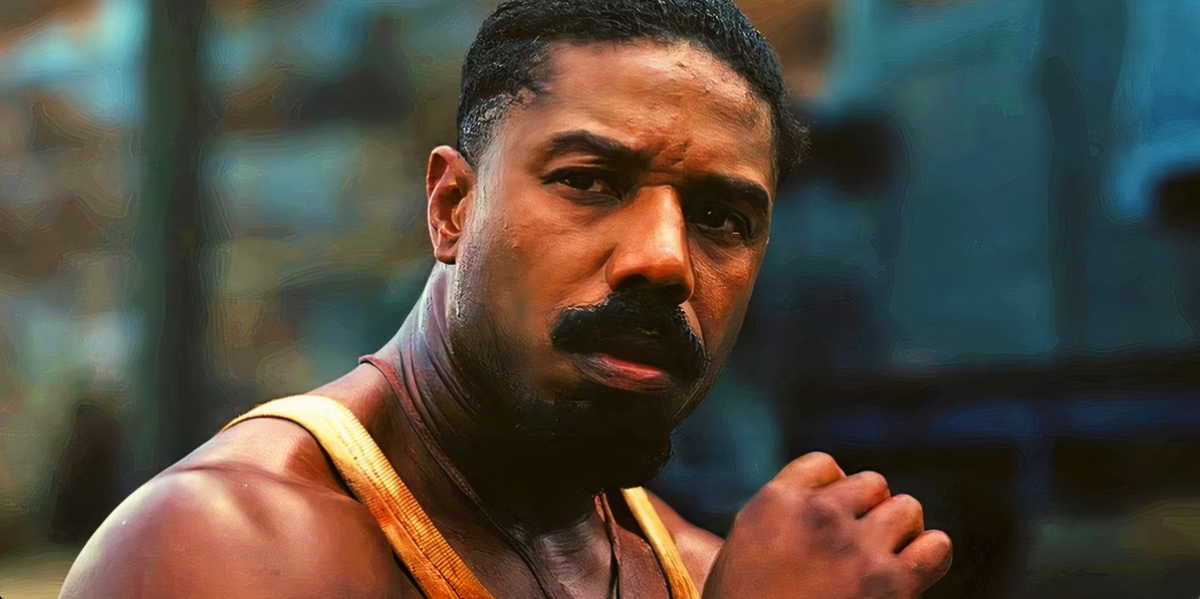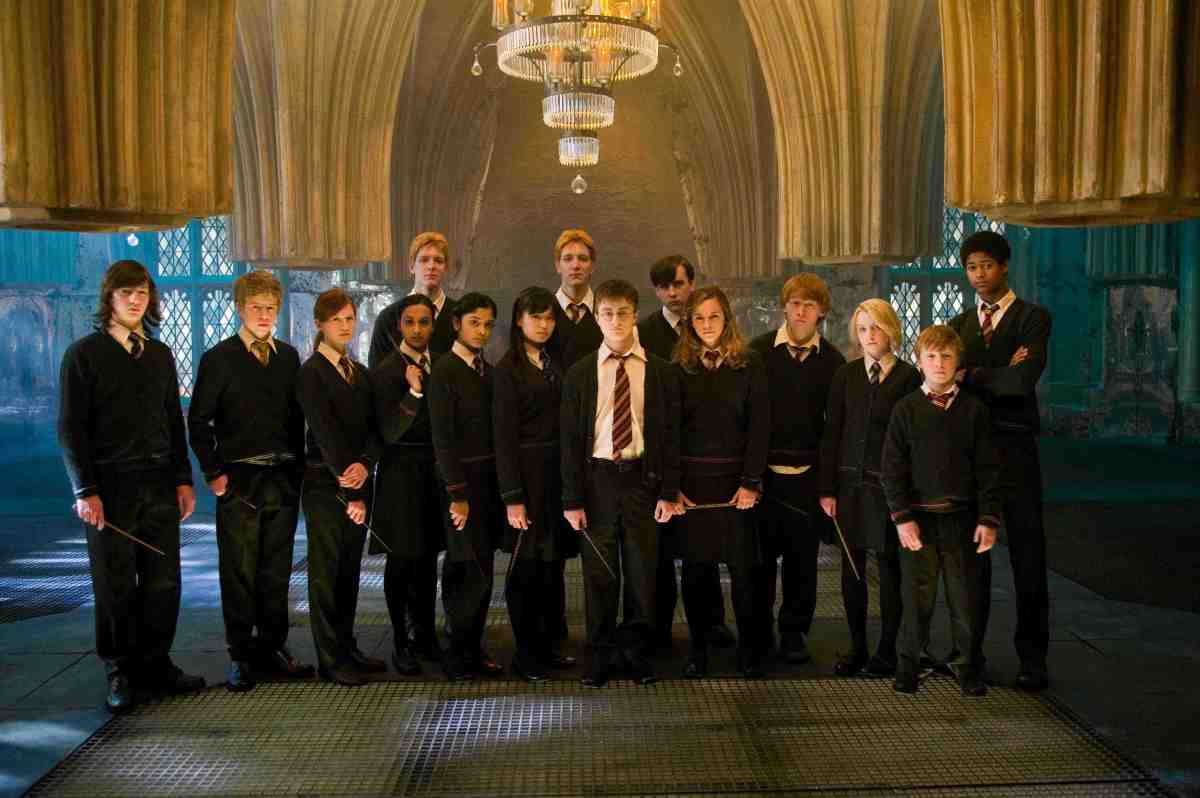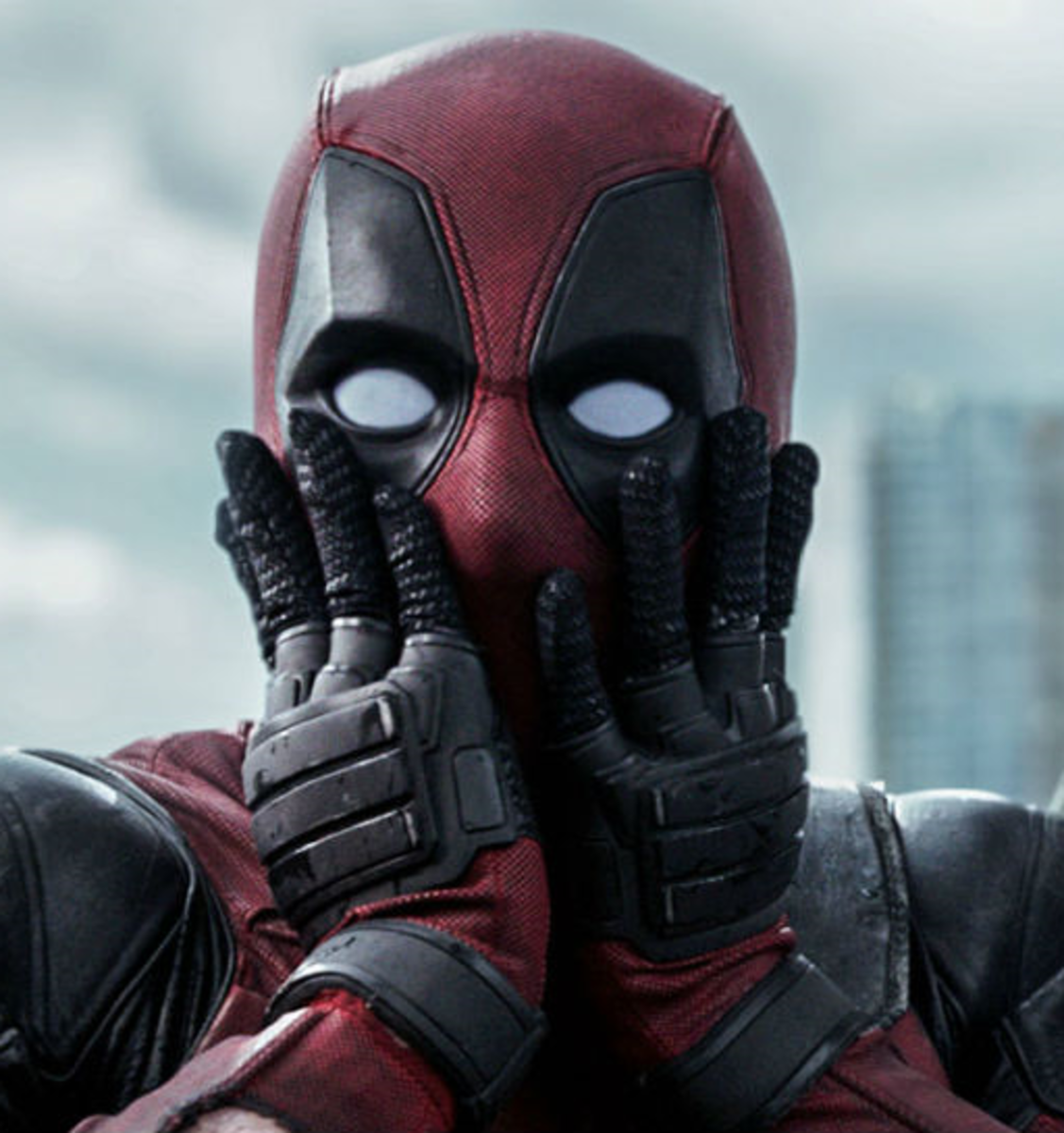Close Encounters of the Third Kind (1977) - Illustrated Reference
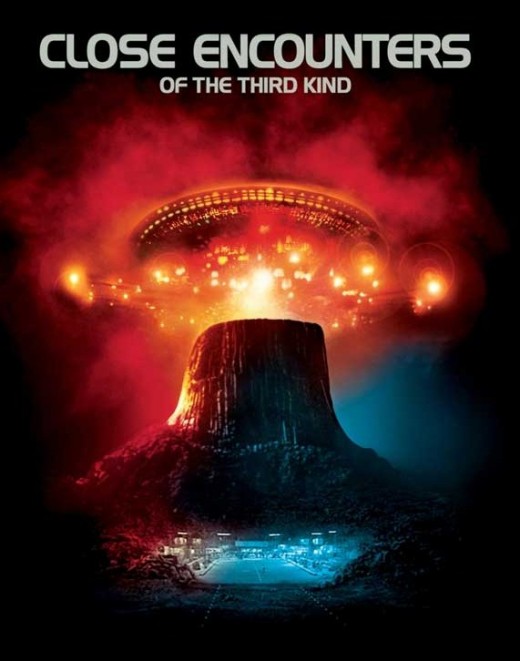
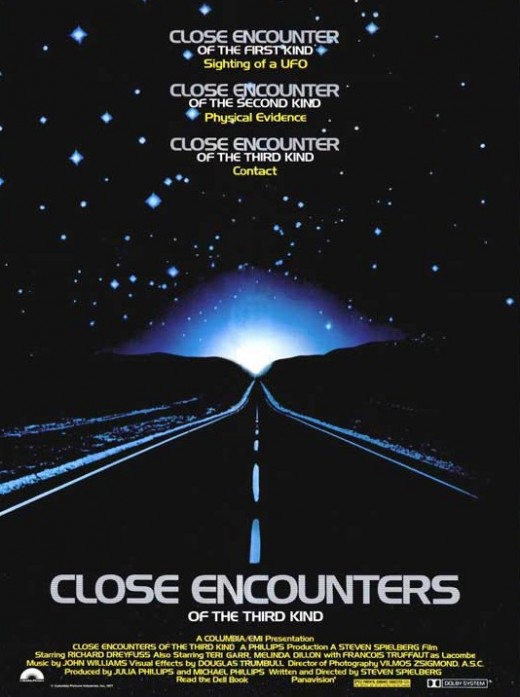
Close Encounters of the Third Kind was directed by Steven Spielberg and premiered on 15th November 1977. Starring Richard Dreyfuss, Francois Truffaut, Teri Garr, Melinda Dillon and Bob Balaban. Screenplay by Steven Spielberg. Music by John Williams.
Roy Neary has a close encounter of the first kind – sighting of a UFO. The experience leaves half his face looking sunburnt and he is haunted by strange visions,
Jillian Guiler has implanted visions too and is devastated when her 3 year old son is abducted by aliens. Meanwhile a US government cover up is under way to scare people away from Moorcroft, Wyoming.
Director Steven Spielberg (1946-) had always been fascinated by extraterrestrials ever since he witnessed a meteor shower with his father as a child. When he was 16 he directed a short film titled Firelight which was about UFO investigations and alien abductions.
The mega success of Jaws (1975) provided him with the opportunity to make the film he wanted and on a larger scale too. Filming started in May 1976.
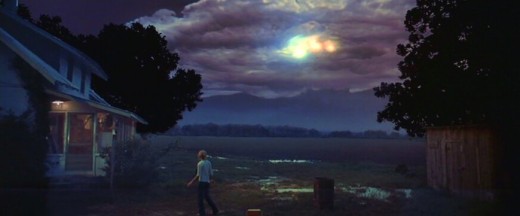
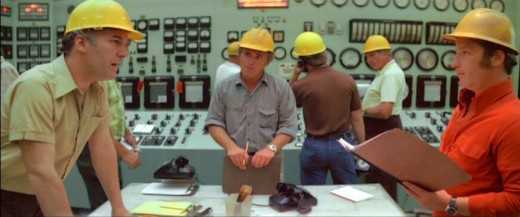
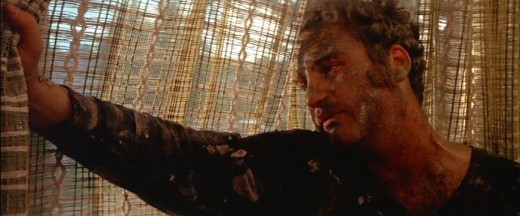
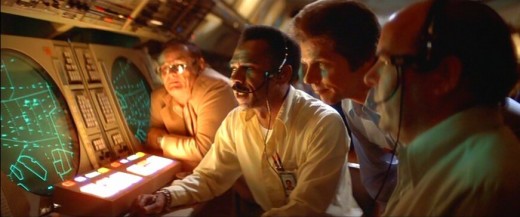
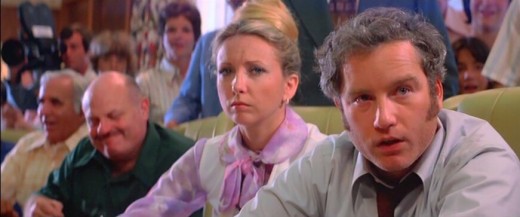
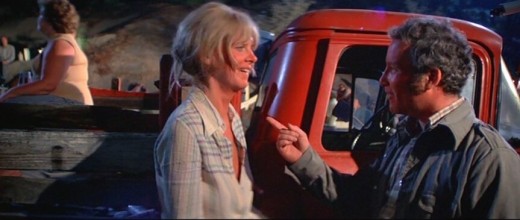
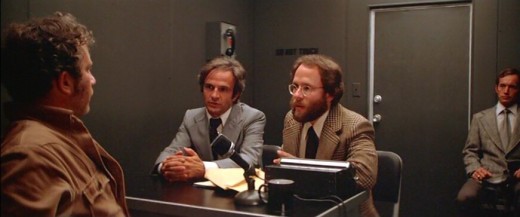
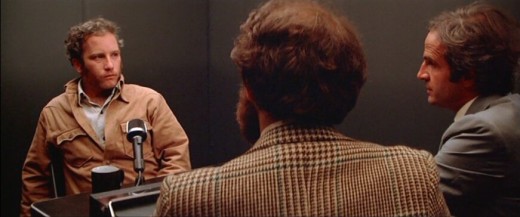
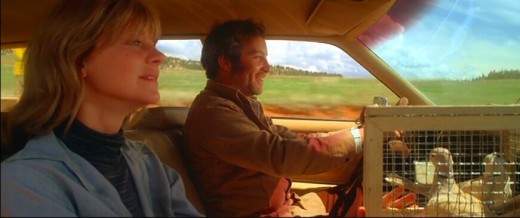
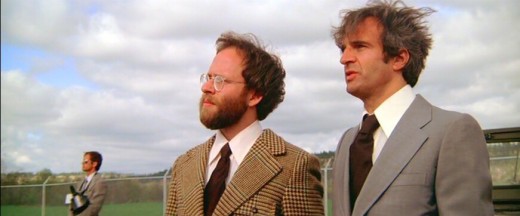
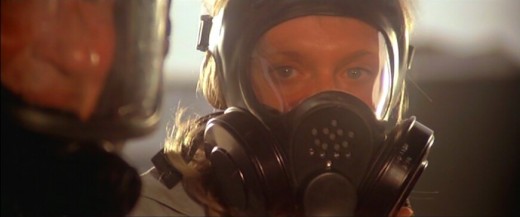

Roy Neary: I know this sounds crazy, but ever since yesterday on the road, I've been seeing this shape. In shaving cream, pillows... Dammit! I know this. I know what this is! This means something. This is important.
Richard Dreyfuss (1947-) / Roy Neary, an electrical lineman who is mentally affected by his close encounter with a UFO.
Born in Brooklyn, New York, Richard Dreyfuss has also appeared in Jaws (1975) and Always (1989) for Steven Spielberg.
Roy Neary: I wanna speak to the man in charge.
David Laughlin: Mr. Lacombe is the highest authority.
Roy Neary: He isn't even an American.
Francois Truffaut (1932-1984) / Claude Lacombe, a French scientist and UFO investigator.
Born in Paris, France, Truffaut was a celebrated director and film critic, his films include The 400 Blows (1959), Fahrenheit 451 (1966) and Day for Night (1973).
Teri Garr (1947-) / Ronnie Neary. Roy’s increasingly strange behaviour drives Ronnie mad, she grabs the kids and leaves him.
Born in Ohio, USA, Teri Garr was nominated for a Best Supporting Actress for Tootsie (1982).
Melinda Dillon (1939-) / Jillian Guiler. Her son Barry (Cary Guffey) is abducted by aliens. She teams up with Roy to find out the truth behind the sightings and government cover up.
Born in Arkansas, USA, Melinda Dillon was nominated for Best Supporting Actress for CE3K and Absence of Malice (1981)
Bob Balaban (1945-) / David Laughlin, working as Lacombe’s English interpreter, he is also a cartographer.
Born in Chicago, Illinois, Bob Balaban has also appeared in Altered States (1980) and 2010 (1984).
Cary Guffey (1972-) / Barry Guiler, he gets snatched from his mother by mischievous aliens and is returned to her at the climax of the film.
Born in Georgia, USA, Guffey has one of the signature shots of the film, when he opens the door and sees a blinding orange light outside.
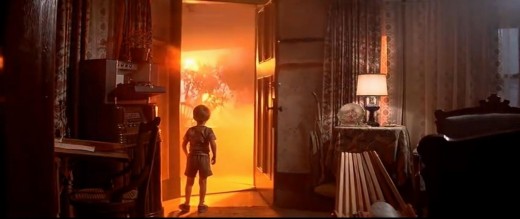
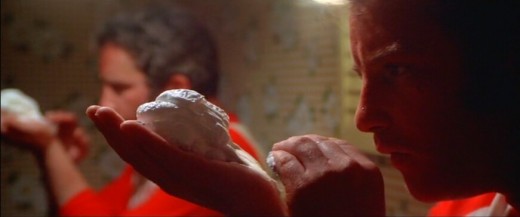
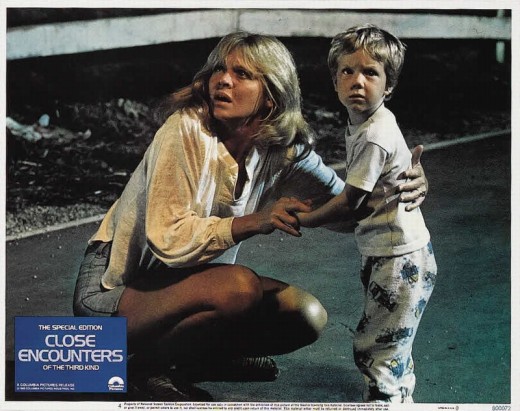
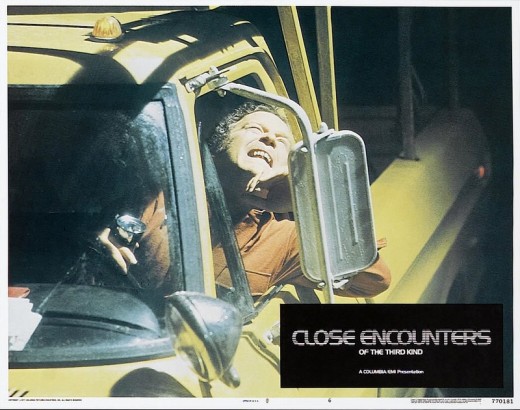
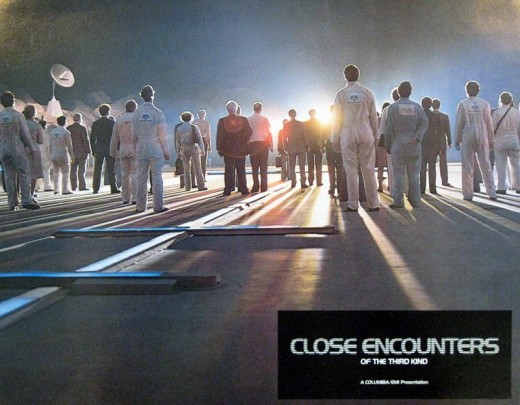
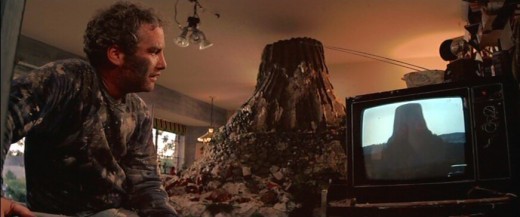
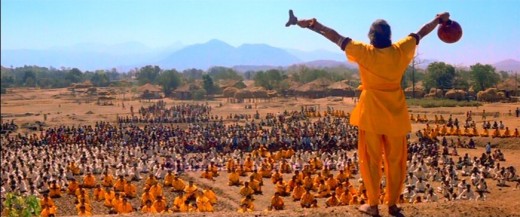
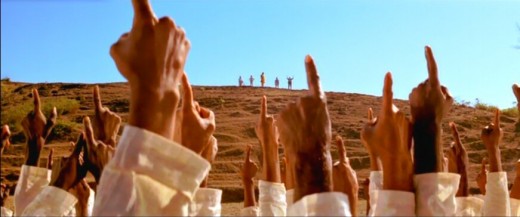
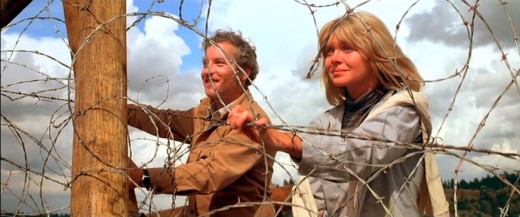
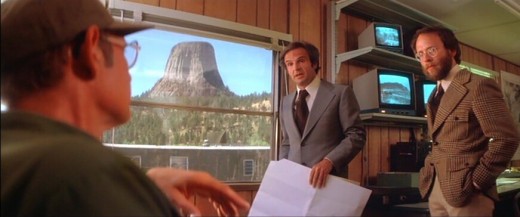
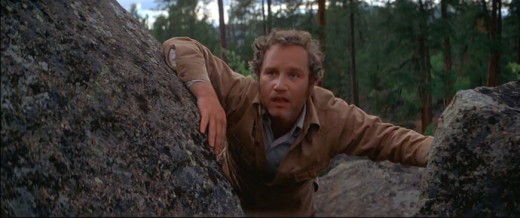
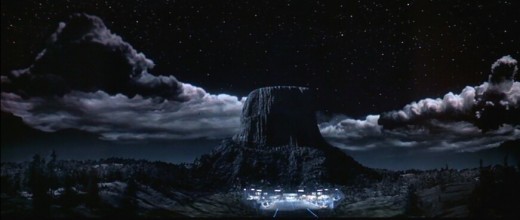
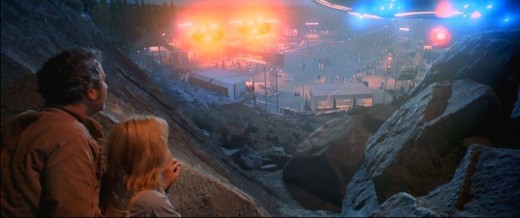
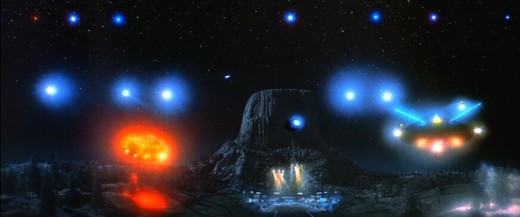
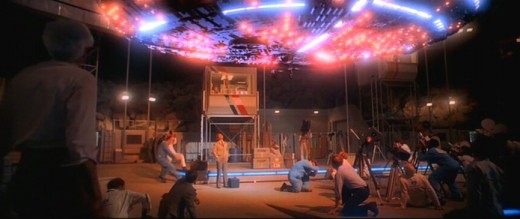
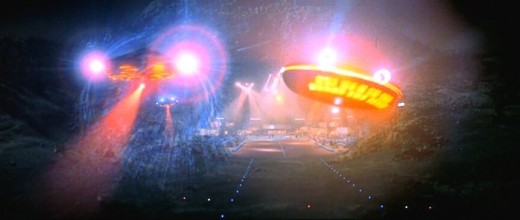
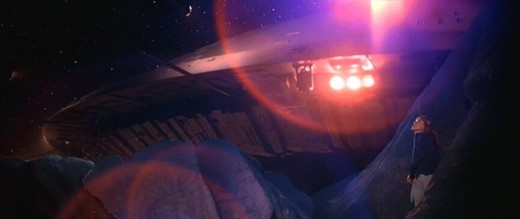
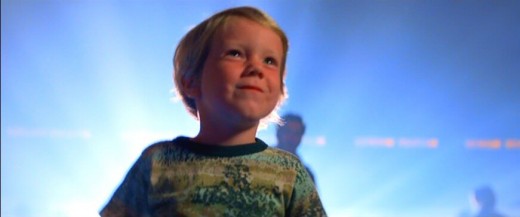
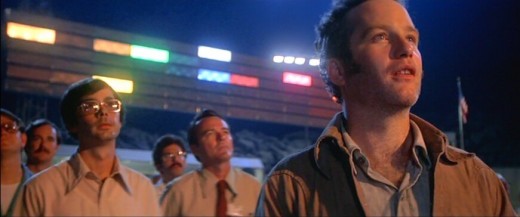
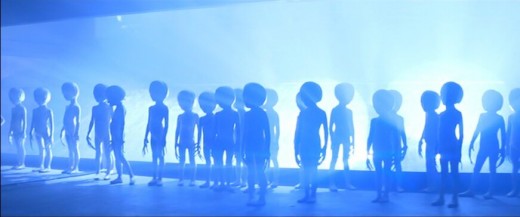
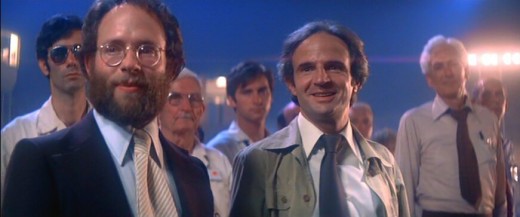
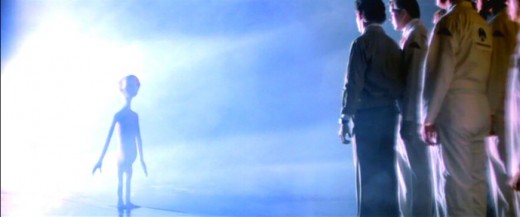
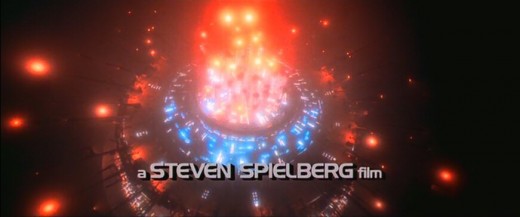
Laughlin: Have you recently had a close encounter? A close encounter with something very unusual?
Neary: Who are you people?
Astronomer and UFO researcher J. Allen Hynek (1910-1986) came up with the UFO terminology and classification used in the film –
Close Encounters of the First Kind – Sighting of a UFO
Close Encounters of the Second Kind – Physical Evidence of a UFO
Close Encounters of the Third Kind – Contact with a UFO (to be precise Hynek categorises the Third Kind as Sighting of the Occupant or Entity of a UFO)
Others were added later –
Close Encounters of the Fourth Kind – Abduction by extraterrestrials.
Close Encounters of the Fifth Kind – Direct communication with extraterrestrials.
Close Encounters of the Sixth Kind – An injury or death caused by an encounter with a UFO or its occupant.
Close Encounters of the Seventh Kind – A mating between a human being and an extraterrestrial (!).
The working title for CE3K was “Watch the Skies” a line of dialogue taken from the classic sci-fi film The Thing (1951).
The rolling clouds were created by pouring white paint into a tank of water which was than matted into the sky shots.
The mothership was originally meant to be unlit when it rose behind the mountain (Devil's Tower, Wyoming), just a massive dark form obscuring the night sky, it would than presumably light up like a xmas tree when it slowly landed. Footage of a large shadow moving over the crowd remains in the film.
Spielberg was driving in India one night when he spotted a huge oil refinery full of lights and this gave him the idea for the look of the mothership.
Project Leader: If everything's ready here on the Dark Side of the Moon... play the five tones.
The climactic scenes were filmed in a huge abandoned aircraft hanger which was transformed into the UFO landing facility.
The model of the mothership used in the film is on display at the Smithsonian Air and Space Museum. These days it would have all been done by computer.
There are three types of alien visitor featured during the climax, there is the tall thin marionette-like alien which is the first seen after the mothership doors open, there is an animatronic alien which was nicknamed “Puck” and there are dozens of aliens portrayed by children in rubber suits and full head masks.
Italian special effects artist Carlo Rambaldi (1925-) designed the articulated alien ‘Puck’ at the climax. A few years later Rambaldi would create one of the most popular alien beings in film history, E.T. The Extraterrestrial (1982) directed by Steven Spielberg. He also worked on King Kong (1976) with make up maestro Rick Baker and Alien (1979) working from H.R.Giger’s designs.
Close Encounters: The Special Edition was released to theatres worldwide in 1980, the film was re-edited by Spielberg with scenes trimmed and removed, and new scenes added including the discovery of a ship in the Gobi Desert and a shot of Roy Neary entering the Mothership with a look at the interior of the alien ship.
This last sequence cost an additional $2m. Spielberg later regretted shooting it and removed the scene from his 1998 “Director’s Cut” available on DVD and Blu-ray.
The S.S. Cotopaxi tramp steamer disappeared without a trace when it sailed into the Bermuda Triangle in 1925, in the film it’s discovered laying on its side in the Gobi Desert.
Visible in the scene where Jillian is looking at the mothership slowly rising behind the mountain is an upside-down model of R2D2 stuck to a part of the ship, See image >
After listening to hundreds of different variations, Spielberg and composer John Williams finally agreed on the now famous five-note musical greeting used to communicate with the aliens in the film.
Close Encounters was nominated for 9 Oscars – Best Director (Steven Spielberg), Supporting Actress (Melinda Dillon), Editing, Sound, Art Direction, Music (John Williams), Visual Effects and won for Cinematography and Sound Effects Editing. Star Wars won 1977’s Best Visual Effects and Best Music Score Oscars.
Close Encounters was ranked #64 on AFI’s 1998 list of Greatest Films, #31 on the 100 most Thrilling Films and #58 on the 100 most Inspiring Films.
CE3K cost $20m, by comparison George Lucas’ Star Wars released the same year cost $13m to produce. CE3K was a box office success, grossing $116m in the US and a worldwide gross of $288m, at the time the most successful film in Columbia Studios history. The release of the Special Edition 3 years later added another $15m to its total gross.
The DVD Ultimate Edition and Blu-ray 30th Anniversary Edition of Close Encounters of the Third Kind contain three versions of the film – the 1977 Theatrical release (135m), the 1980 Special Edition (132m) and the 1998 Director’s Cut (137m).

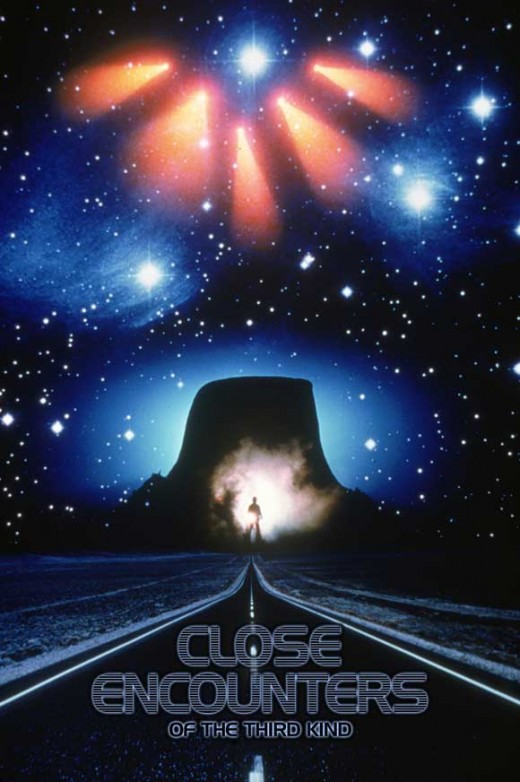
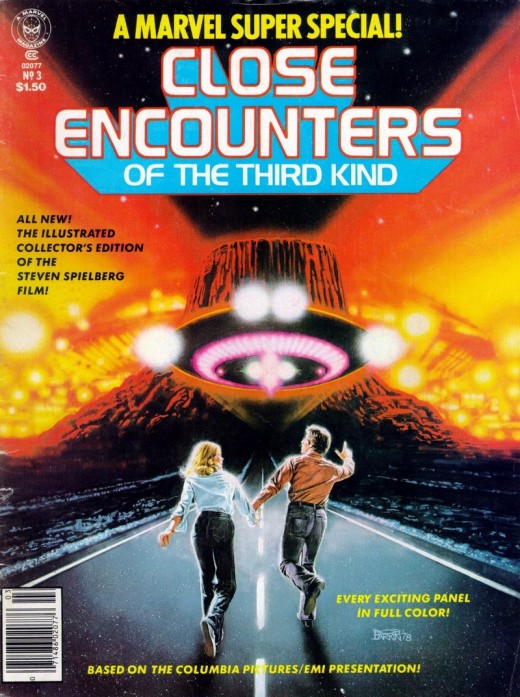
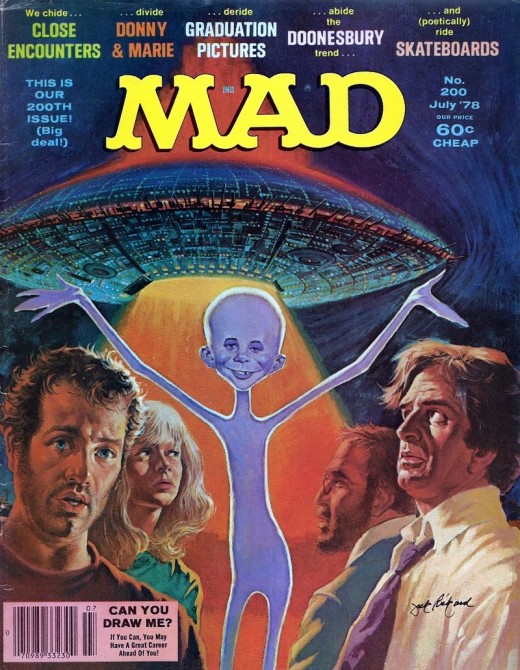
The Critics Wrote –
“There's no denying that the climax is an absolute stunner, literate in plotting, dazzling in tone. At the very least the denouement is light years ahead of the climactic nonsense of Stanley Kubrick's 2001-A Space Odyssey. Yet, in terms of real empathy with enduring human nature as it is (warts and all), Close Encounters lacks the warmth and humanity of George Lucas's Star Wars.” (Variety)
“It has visionary magic and a childlike comic spirit, along with a love of surprises and a skeptical, let’s-try-it-on spirit. It sends you out in a state of blissful satisfaction.” (Pauline Kael)
"New scenes (in the Special Edition) do a better job of establishing the characters - not only of Richard Dreyfuss, but also of Francois Truffaut, as the French scientist. The new editing moves the film along at a faster, more absorbing pace to the mind-stretching conclusion. Close Encounters , which was already a wonderful film, now transcends itself; it's one of the great moviegoing experiences.” (Roger Ebert, 1980)
“The Holy Grail of UFO movies.” (Ed Naha, The Science Fictionary, 1980)
“As a drama of human and alien interaction, it is a dud... The film still tells us nothing about the makings of an alien and certainly gives no indcation as to why they want to take a dunderhead like Roy Neary with them on their return home” (Parish & Pitts, The Great Science Fiction Movies II)
"The final thirty to forty minutes of the film are what it's all about — and they are breathtaking, in which the earthlings and the alien creatures come together on a secret landing field in Wyoming. This sequence is as beautiful as anything I've seen since 2001. Mr. Spielberg tempts fate by briefly introducing us to the alien creatures, and it's the measure of his success that no one giggles. Is Close Encounters better or worse than Star Wars? —that's the boring question. It's neither one. It's different, an achievement on its own." (New York Times)
